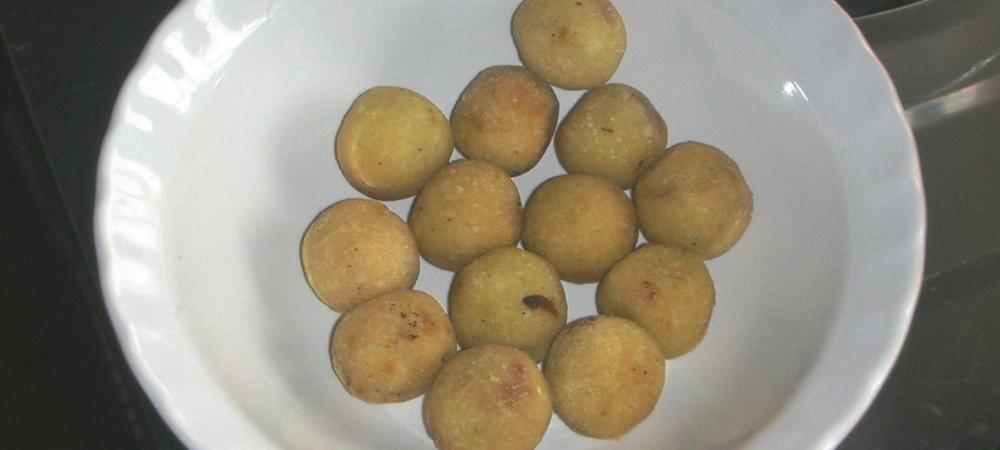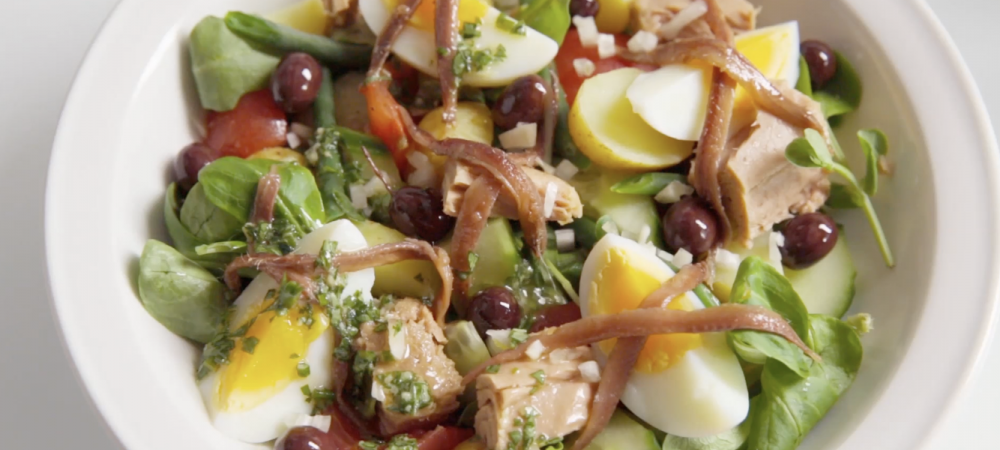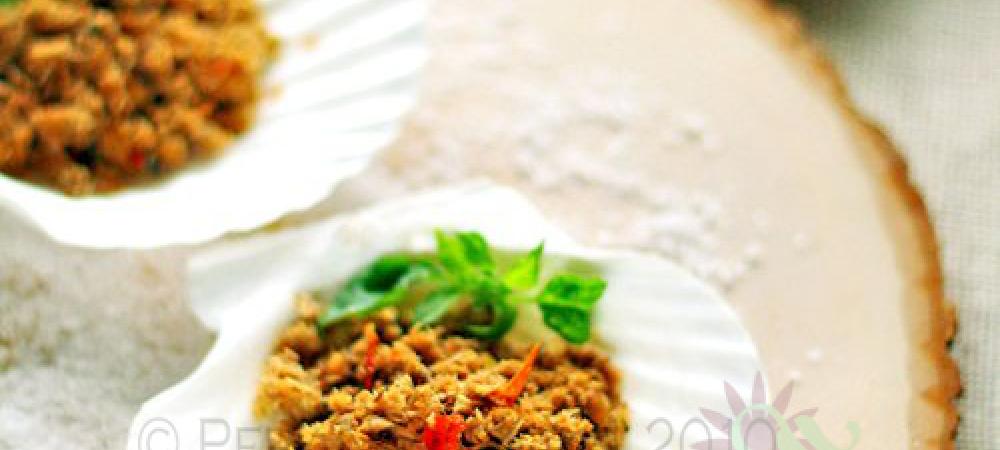Skipjack Tuna
Species Description
Skipjack tuna have a mix of dark purple and blue hues on the topside of their bodies and pale, silvery colouration on their underside, which provides camouflage in the ocean when hunting for prey. Prey looking up below the tuna will not be able to distinguish the fish from the glare of the surface water. Likewise, prey from above will not be able to see the tuna as the dark blue colour on the fish blends in with the darkness from the deep. This is also known as countershading, and is seen across many marine animals.
On the silvery underside are between four and six dark bands that run horizontally across their body, distinct from all other tuna species. Skipjack tuna are found in the tropical waters of the Atlantic, Indian, and Pacific Oceans.
The average weight of skipjack tuna caught in the Indian Ocean is around 2.8 kg for the Maldivian pole-and-line boats using bait. This species can reach lengths of 1.1m (3.6 feet), though average at around 0.8m (2.6 feet) and have a comparatively short maximum life span of around 7 years.
They are all sexually mature by an age of two years and females can produce between 100,000 and 2 million eggs per year.
Skipjack tuna are opportunistic feeders, preying on a crustaceans, molluscs and a variety of fish - including other skipjacks!
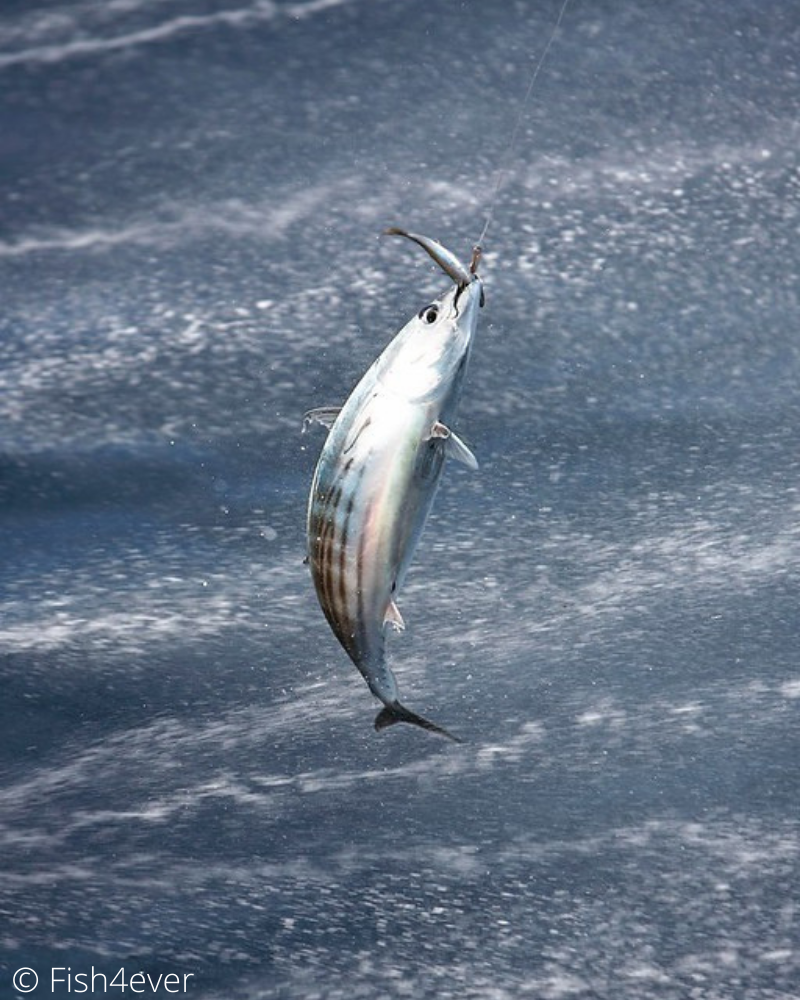
Gallery
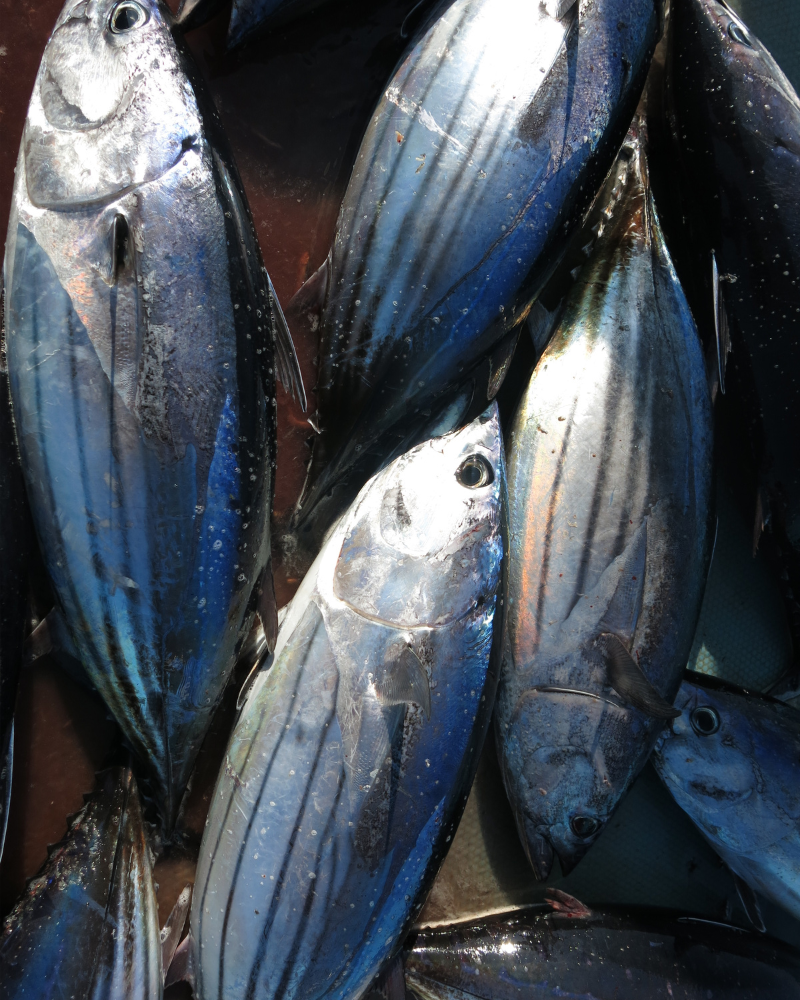
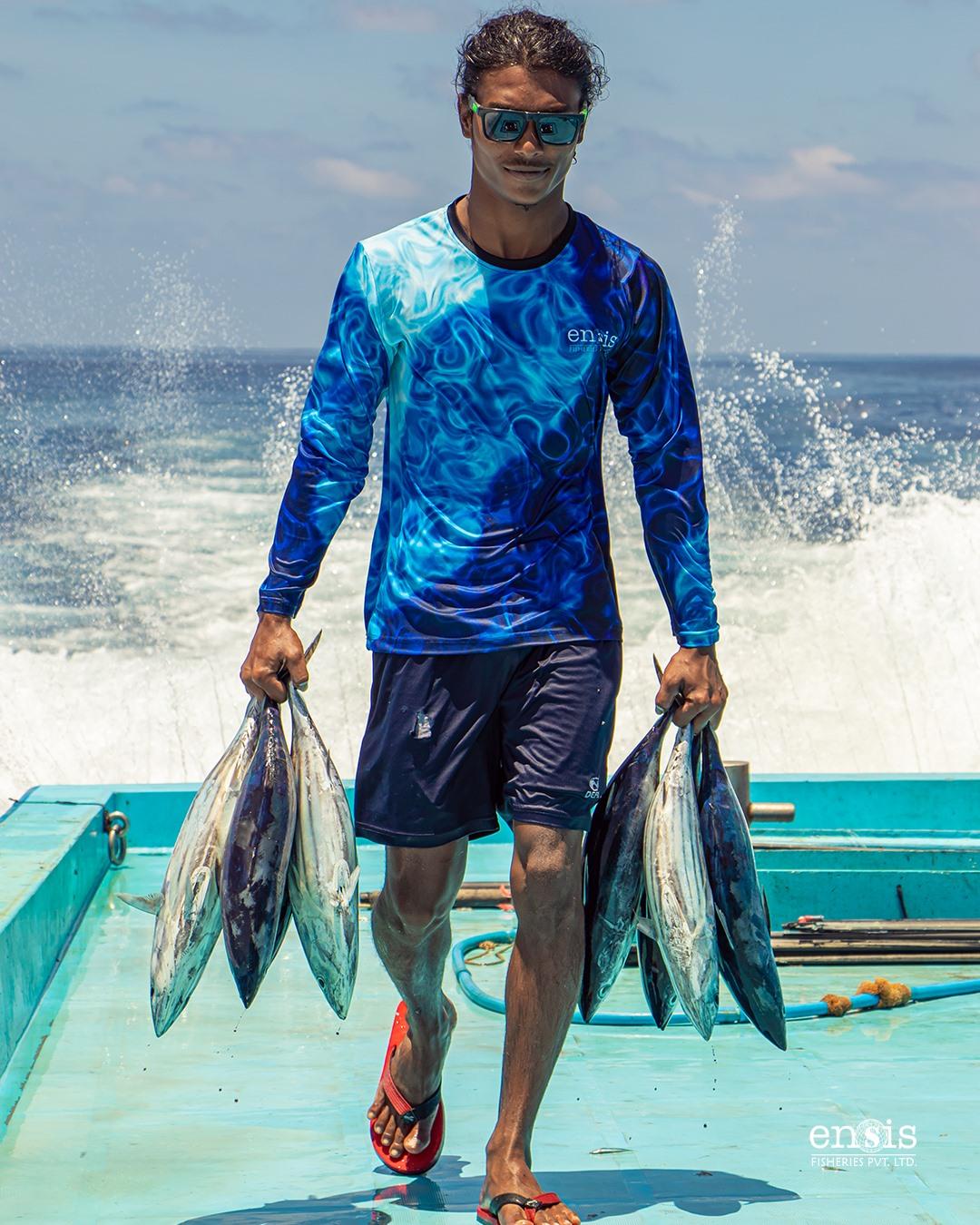
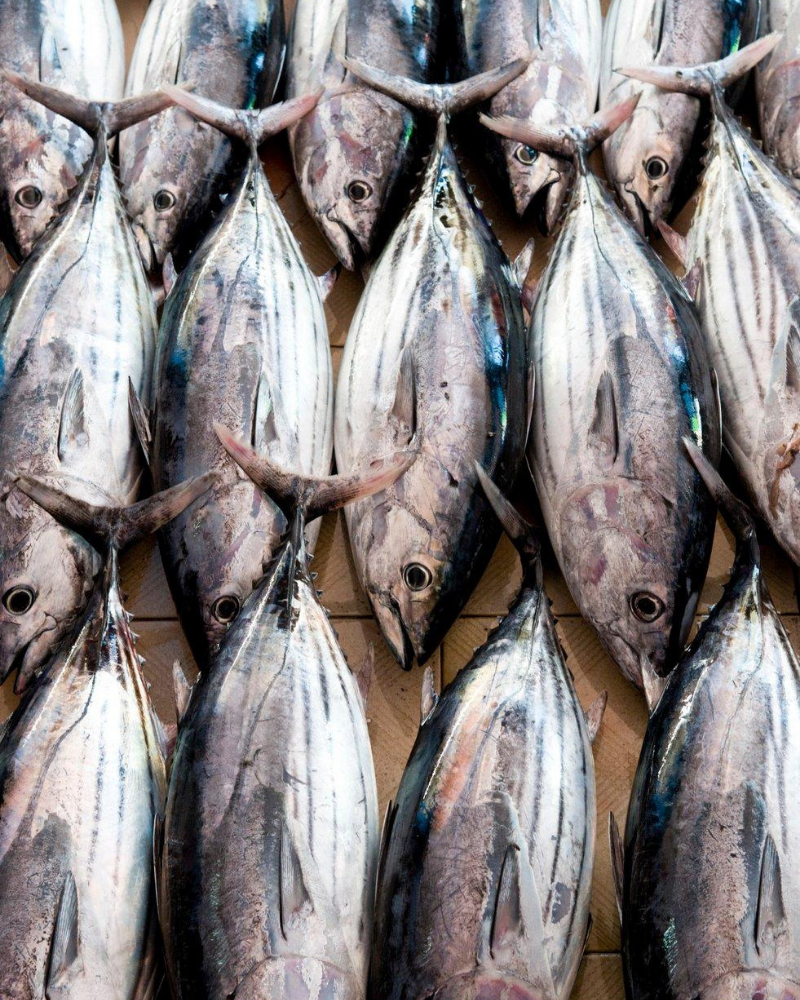
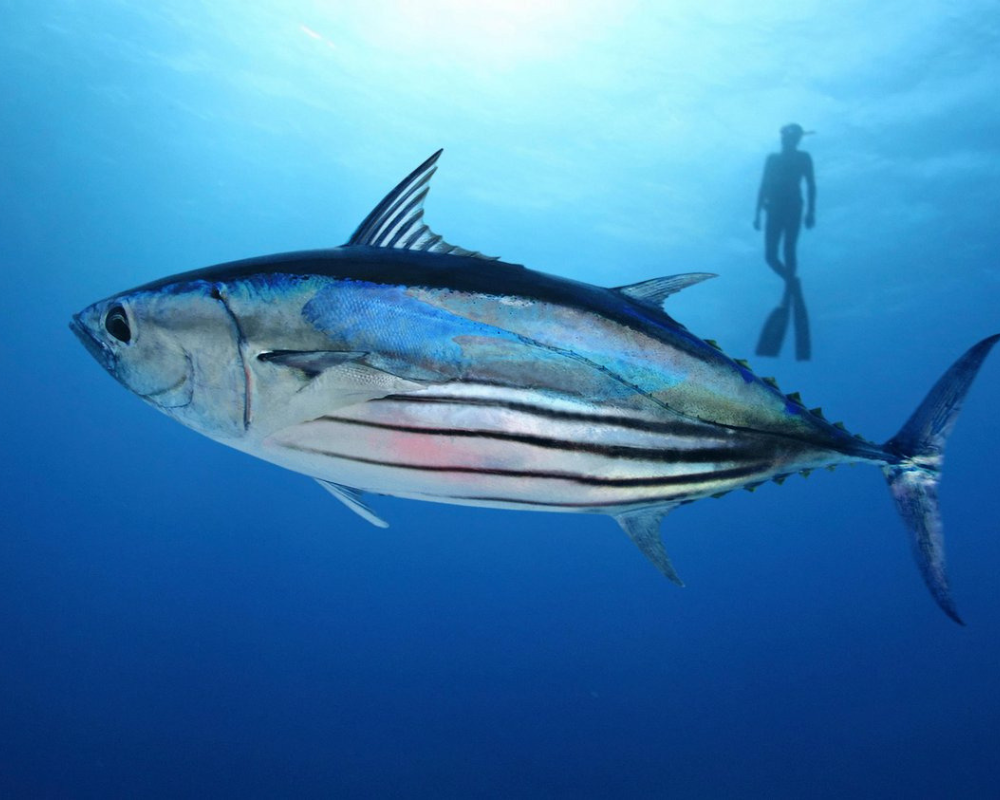

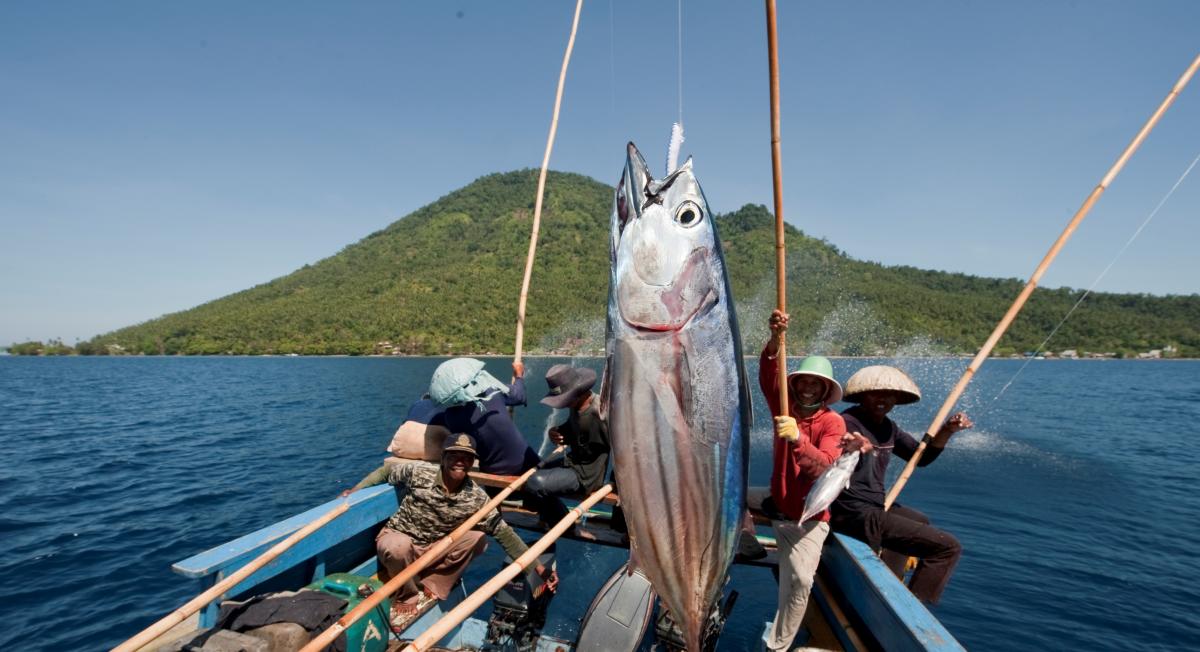
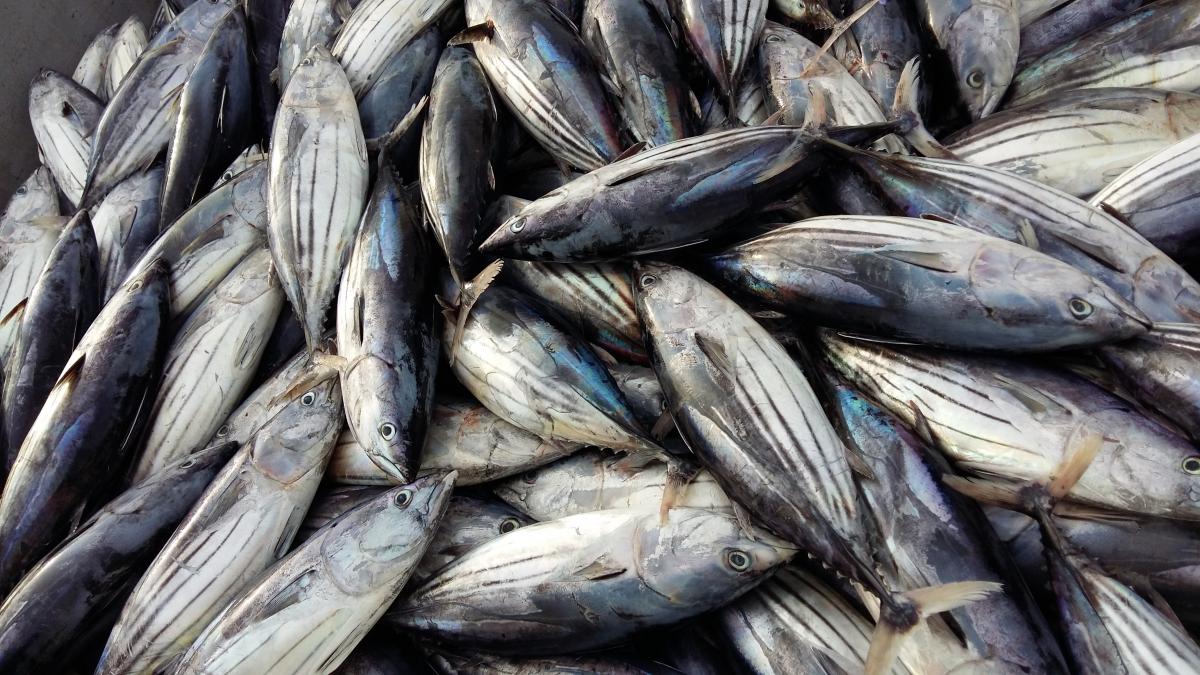
Sustainability
Skipjack tuna typically start reproducing after only one year, meaning that by the time an individual is fished, it has most likely already spawned and reproduced. A younger maturation age increases the sustainability of the species making it particularly abundant, worldwide, and is labelled as Least Concern on the IUCN Red List.
Across Indonesia, IPNLF are working towards creating Fishery Improvement Projects (FIPs) to target pole-and-line skipjack fisheries in the Indian and Pacific Ocean with the aim of improving their sustainability.
Skipjack tuna are a commercially important species, eaten all over the world and contributing to many traditional dishes. Fishing for skipjack, using large-scale longlines and net vessels is a common practice across the world, yet these methods are highly unsustainable. Not only do these methods contribute to stock decline by overfishing, but also catch large numbers of endangered species like dolphins, turtles and sharks - also known as bycatch.
One-by-one fishing using either handline or pole-and-line fishing techniques is a sustainable way to catch skipjack tuna because only one fish is caught at a time, meaning it is highly selective. The chances of hooking endangered species as bycatch is minimal, and these methods also reduce the likelihood of overfishing a stock. Unlike large longlines or nets, which are often lost or discarded at sea and contribute to ghost fishing and ocean plastic pollution, one-by-one fishing techniques are well managed and contribute very little to these issues.
By purchasing pole-and-line or handline caught skipjack tuna you are contributing to these sustainable and ethical fisheries!
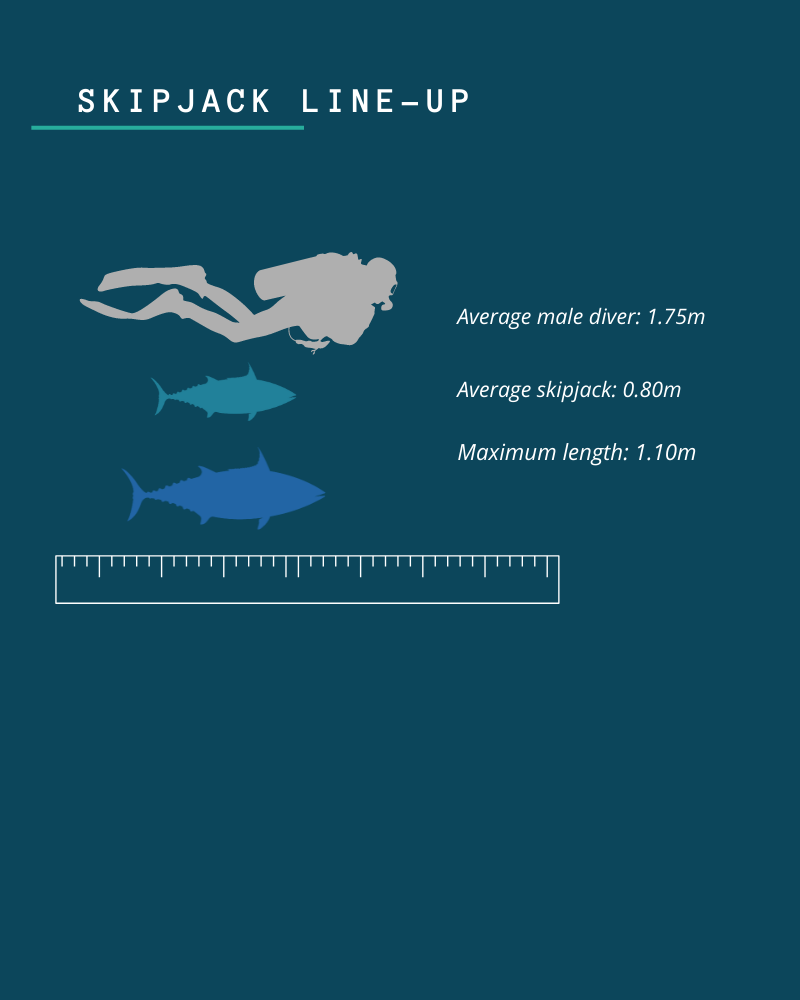
Dive Deeper...
Want to know more about skipjack tuna?
Download the reports to learn more about the environmental status of skipjack tuna.
Skipjack Tuna Fisheries
Seafood
Skipjack meat is deep red in colour and has the most pronounced taste of all the tuna species. The intense flavour of the ocean is impressive for the smallest of the species. Its firm and flakey texture makes it perfect for being processed into cans, and across the United States, skipjack accounts for over 70% of all canned tuna.
There is great availability on the market for skipjack tuna globally, and therefore it is used in a variety of ways across the globe. The preparation of skipjack tuna also varies across different countries. In Hawaii, skipjack is the preferred raw and cut into cubes to supplement poke dishes. In Japan, skipjack is seared to make tataki, or dried to make flakes called Katsuobushi, which are used to enhance the flavours of broths and soups. In Indonesia, skipjack tuna is cured and smoked to make a dish called cakalang fufu.
As with the other species, skipjack tuna is an excellent source of extra lean protein, with a plethora of nutrients including niacin, vitamin B6 and B12, and phosphorus, whilst remaining low in fat and sodium.

